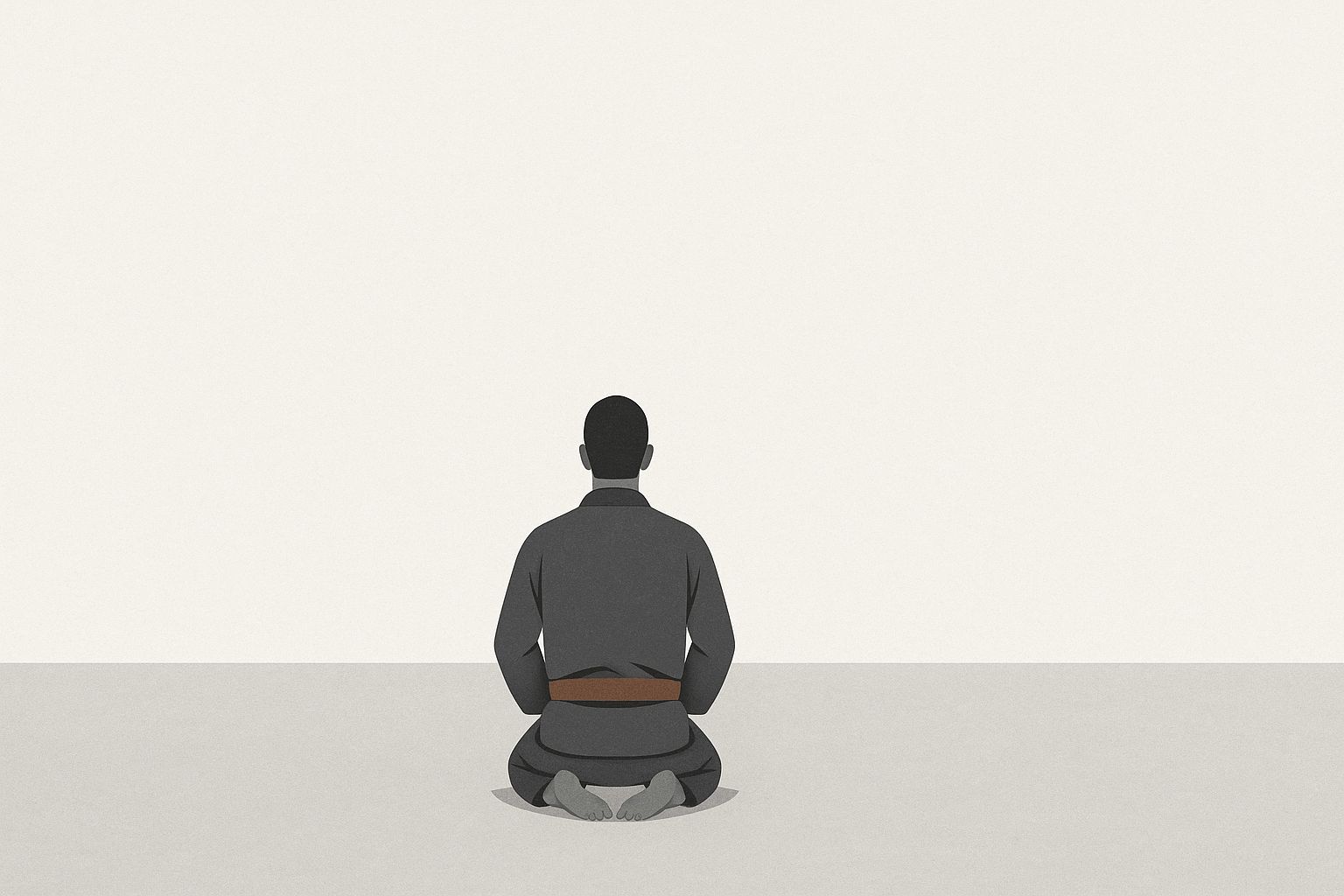

Your comprehensive guide to the core concepts, positions, techniques (beginner to advanced), mindset, S&C, and principles of "The Gentle Art". Navigate the essentials of BJJ for all levels. Check off items as you master them. Printable.
BJJ is a grappling art focused on ground control and submissions, famously using leverage and technique to overcome size and strength.
The building blocks of all BJJ techniques. Master these for effective transitions, escapes, and attacks.
Control leads to submissions. Understand the common positions from most to least dominant (generally for the top player).
Using legs from your back to control, defend, sweep or submit. Grouped by common learning progression.
Beginner / Fundamental:
Intermediate:
Advanced / Specialized:
Key Skill (All Levels):
Categorization is general and varies by curriculum.
Guard ConceptsNavigating past the opponent's legs to achieve a dominant pin. Grouped by common concepts/difficulty.
Beginner / Fundamental (Often Pressure Based):
Intermediate (Blending Pressure & Movement):
Advanced / Specialized (Often Dynamic/System Based):
Key Principles (All Levels):
Categorization is general and varies by curriculum.
Passing ConceptsReversing from bottom to top position. Grouped by common guard types/difficulty.
Beginner / Fundamental (Often from Closed Guard):
Intermediate (Often from Open/Butterfly/Half Guard):
Advanced / Specialized:
Core Idea (All Levels):
Categorization is general and varies by curriculum.
Sweep ConceptsTechniques forcing submission ("Tap"). Grouped by common learning progression and type.
Beginner / Fundamental (High % from basic positions):
Intermediate:
Advanced / Specialized:
Categorization is general. Many subs have basic setups and advanced variations.
Submission IdeasSurviving bad positions and submission threats. Grouped by common scenarios.
Beginner / Fundamental (Escaping Pins):
Intermediate (More Pins & Basic Sub Defense):
Advanced / Specialized:
Key Principle (All Levels):
Categorization is general. Escape success often depends on timing.
Escape ConceptsBringing the fight to the ground. Grouped by origin/type and common progression.
Beginner / Fundamental:
Intermediate:
Advanced / Specialized:
Key Skill (All Levels):
Categorization depends heavily on prior experience (e.g., Judo/Wrestling background).
Takedown BasicsDeeper principles that govern effective BJJ application, helping you connect techniques and develop a more intuitive game.
Supporting your mat training with physical preparation can enhance performance, reduce injury risk, and improve recovery. Focus on functional fitness relevant to grappling.
This is not an exercise prescription. Consult with a qualified S&C coach for a personalized plan. Prioritize S&C that supports, not detracts from, mat time.
S&C for BJJ IdeasBJJ is a marathon, not a sprint. Cultivating the right mindset is crucial for long-term progression and enjoyment.
Learning structure, advancement, and gym culture.

Stripes (0-4) mark progress within belts. Time varies greatly (avg. 8-15 yrs to Black). Focus on learning, not the belt. Kids have a different belt system.
Advice for navigating the BJJ journey effectively and accelerating your learning curve.